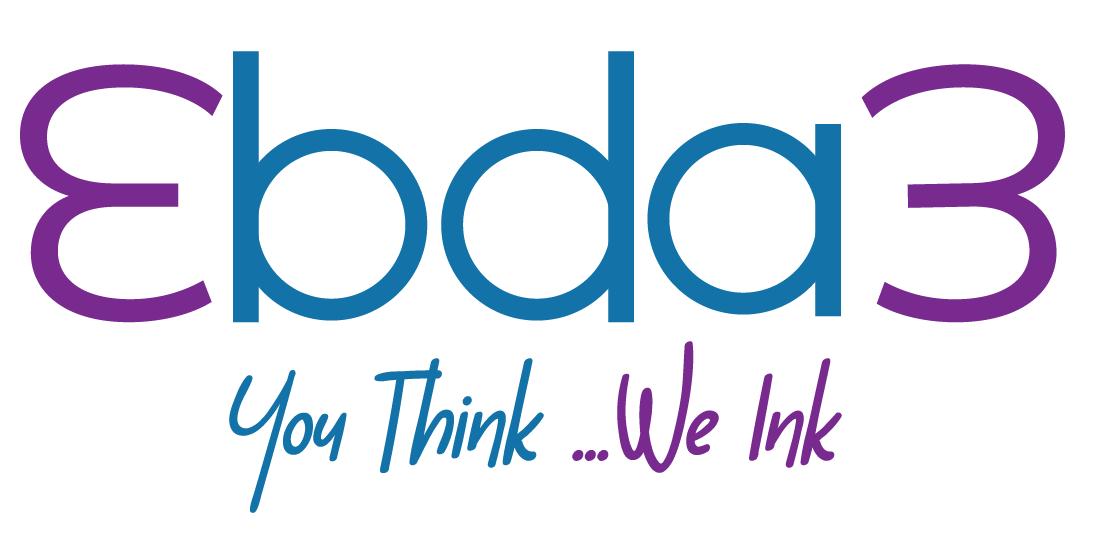Crafting a Comprehensive Content Marketing Plan in 10 Essential Steps

As a marketer, you’re likely familiar with the concept of content marketing. But have you truly grasped its potential effectiveness across all stages of the customer journey? Exceptional content marketing goes beyond mere landing pages or social media copy—it necessitates a strategic, multifaceted approach grounded in a deep understanding of your audience. In this guide, we’ll delve into what content marketing entails and outline ten crucial steps to help you craft a successful plan.
Understanding Content Marketing:
Content marketing is a strategic approach to marketing that revolves around the creation and dissemination of valuable content for your audience. Mischa McInerney, Chief Marketing Officer at the Digital Marketing Institute, succinctly describes it as the delivery of relevant and consistent content to attract and engage a target audience, providing information, entertainment, or utility without overtly pushing sales messages.
1. Set Objectives:
Begin by establishing objectives that span all stages of the marketing funnel. This involves understanding the motivations driving customers at each stage and identifying the types of content necessary to propel them forward. Define Key Performance Indicators (KPIs) aligned with your objectives to gauge success effectively.
2. Understand Your Audience:
Before creating content, gain a deep understanding of your audience by developing detailed buyer personas. Utilize tools like Google Analytics (GA4) to glean insights into demographic data, browsing behaviors, and interests. Identify your audience’s need states—emotional, social, or logical—and tailor content to resonate with their specific needs.
3. Be Relevant:
Relevance is the cornerstone of effective content marketing. Align your content with both your audience’s interests and your brand’s messaging. Conduct keyword research, leverage social listening, and analyze in-house data to ensure your content addresses topics of genuine interest and value to your audience.
4. Utilize the Content Marketing Funnel:
Employ the McKinsey customer journey model to guide your content strategy across the four key stages: consideration, evaluation, purchase, and post-purchase. Tailor your content and channel selection to meet the needs of customers at each stage, guiding them seamlessly through the purchasing journey.
5. Establish Content Pillars:
Define core content pillars that encapsulate both brand messaging and commercial objectives. These pillars serve as thematic focal points for your content strategy, driving traffic, enhancing keyword rankings, and ultimately driving conversions.
6. Develop a Push-and-Pull Approach:
Strike a balance between push and pull strategies to engage consumers effectively. Push tactics involve promoting your content across various channels to capture audience attention and drive engagement, while pull tactics focus on attracting customers to your website through optimized content and referrals.
7. Use a Hub-and-Spoke Model:
Implement a hub-and-spoke content model to organize content around broad thematic hubs, driving traffic and engagement across related topics. This approach enhances relevance, authority, and search engine visibility while facilitating content repurposing and optimization.
8. Create Data-Capture Content:
Develop content assets designed to capture valuable customer data, such as ebooks, infographics, or expert-led webinars. Promote these assets strategically on high-traffic pages to incentivize data submission and expand your audience insights.
9. Amplify Your Brand Using Advocates:
Leverage brand advocates—including influencers, loyal customers, and referrals—to amplify your brand’s reach and credibility. Cultivate relationships with influencers, encourage customer reviews and testimonials, and incentivize referrals to harness the power of word-of-mouth marketing.
10. Set KPIs and Measure Success:
Define clear KPIs aligned with your content marketing objectives and consistently monitor performance metrics to gauge success. Track website traffic, engagement, conversions, and other relevant indicators to assess the impact of your content strategy and refine tactics as needed.
In conclusion, crafting a robust content marketing plan requires careful planning, audience insights, and ongoing optimization. By following these ten steps and adapting your approach based on performance data, you can create compelling content that resonates with your audience, drives engagement, and ultimately fuels business growth.





